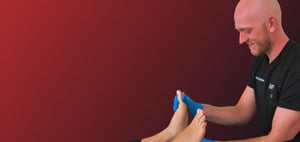Nail fungus doesn't just make your toenails ugly, it can cause pain, and even lead to more serious problems. Apart from potentially causing permanent damage to your nails, nail fungus could lead to serious infections that go beyond your toes and feet. Especially if you have a suppressed immune system due to medication, diabetes, or other conditions.
In this article, we will explain what nail fungus is, the various types, the different treatment methods (home remedies & professional solutions), serious cases that need extra attention, and preventative steps you can take.
Understanding Nail Fungus
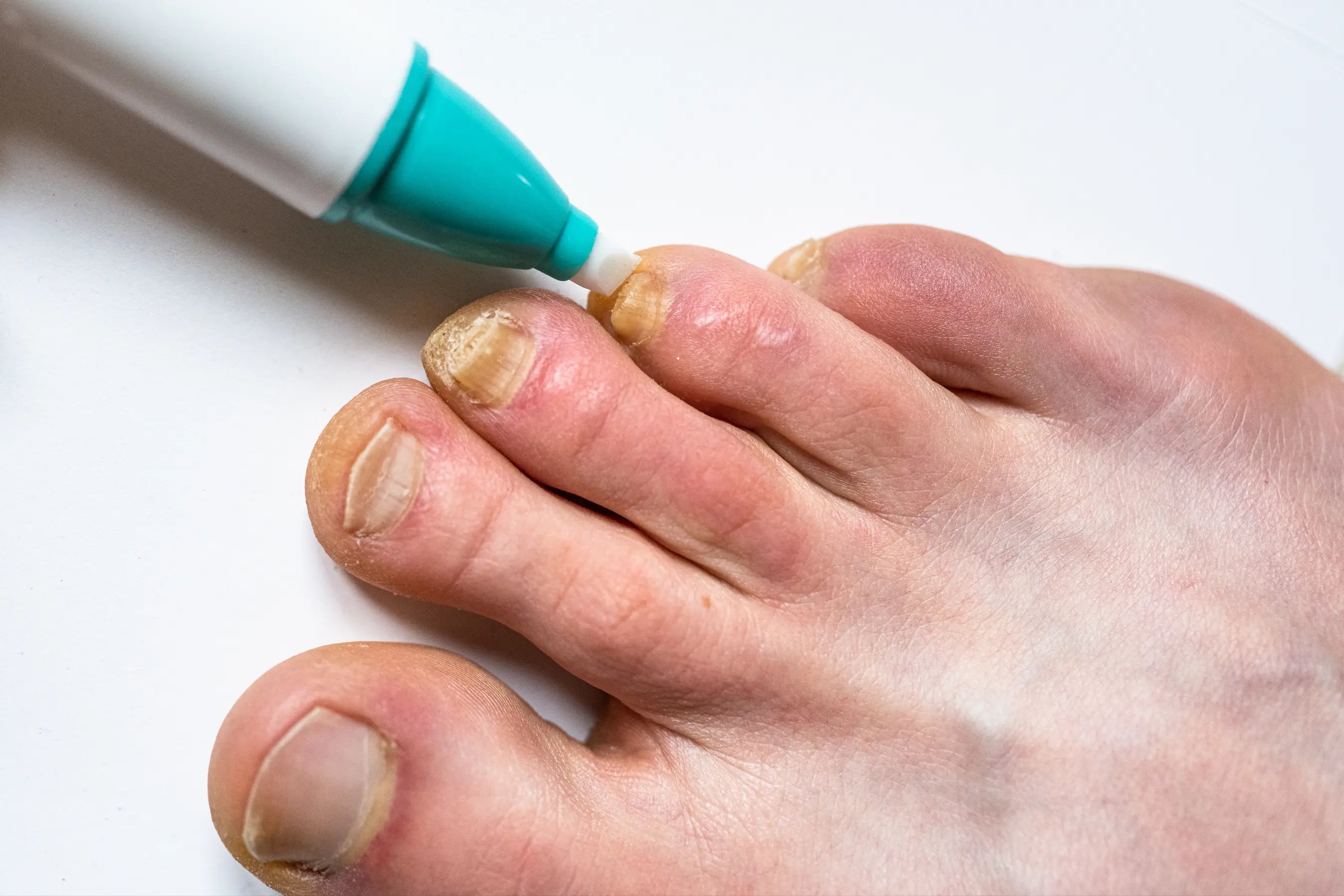
Nail fungus infections are commonly caused by fungi living in the environment. They cause an infection when they enter the body through cracks in your nail or the nearby skin.
Nail fungus often involves dermatophyte infections (superficial infections of the skin, hair, and nails.) like athlete's foot and nail infections. They can manifest with symptoms such as thickening, discoloration, and splitting of the nail. These infections normally take some time to develop and you won't notice any immediate difference in the way your nail looks or feels because it is too subtle.
Types of Nail Fungus:
The severity of fungal nail infections can be identified based on their appearance:
- Distal Subungual Onychomycosis: this form indicates mild-to-moderate severity, affecting only the ends of the toenail.
- Total Dystrophic Onychomycosis: this represents a severe infection involving the entire affected nail.
- White Superficial Onychomycosis: characterized by white discoloration on the surface of the affected nail.
Understanding these distinctions is crucial for effective diagnosis and targeted treatment approaches. If you suspect a fungal nail infection, consulting with a healthcare professional or podiatrist can help determine the appropriate course of action based on the observed severity.
Causes of Nail Fungus
Hot & humid climate
In the vibrant city-state of Singapore where the climate is hot and humid, nail fungus finds an environment it particularly fancies. The prevalence of nail fungus is notably higher in such conditions.
Trauma to your foot or nail
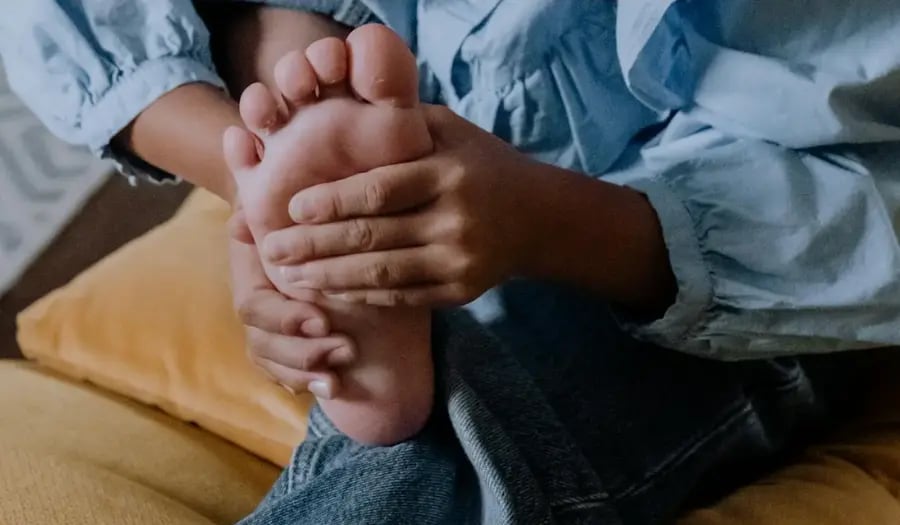
Nail fungus typically gains entry beneath the nail plate through direct trauma, like the impact from a stubbed toe or an object dropped on the foot. Additionally, repetitive light trauma, such as wearing tight-fitting shoes at a wedding, squeezing into small ski boots, or running in ill-fitting shoes, can also create an entry point for nail fungus.
Pedicures
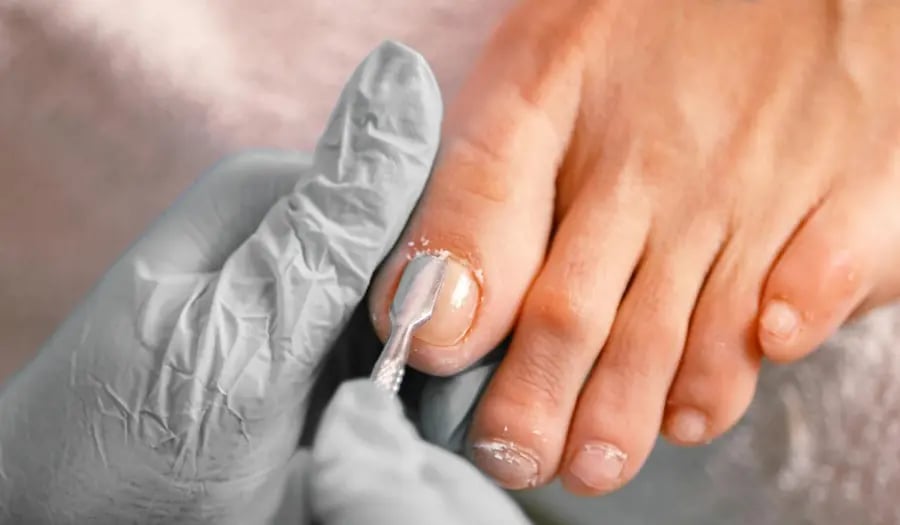
For those who relish spa days, caution is advised. It is possible to acquire a fungal toenail infection from pedicures or nail salons, particularly when proper sterilization practices are lacking. To mitigate the risks, opt for reputable establishments that prioritize cleanliness and consider bringing your own tools. It's also advisable to steer clear of aggressive pedicure services, like cuticle pushing, as these actions can inadvertently provide an entry point for fungi. Taking these precautions can significantly reduce the chances of contracting a fungal infection during your nail care routine.
Treating nail fungus
DIY Home Treatments
Everything is a few clicks away, even for finding out home treatments for your nail fungus. During your initial search, you might have stumbled across home treatments such as tea tree oil and apple cider vinegar soaks. Let's talk more about these two.
Tea tree oil treatment for nail fungus
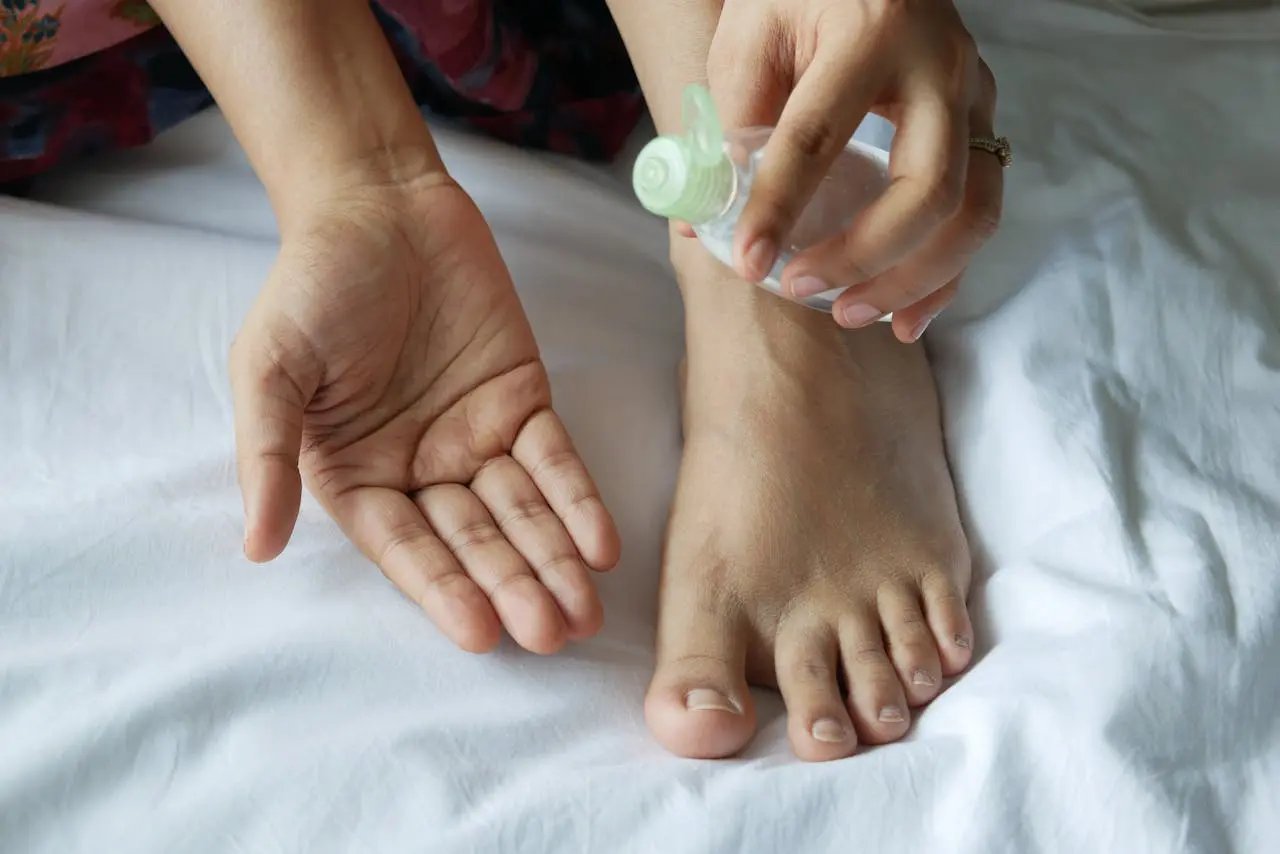
Tea tree oil is an essential oil with many benefits and one of its healing benefits is its antifungal and antiseptic properties which may treat your nail fungus. However, you have to use it consistently overtime and the results won't be immediate. Based on a 2013 study, tea tree oil was found to be effective in reducing nail fungus growth where improvements were seen after 14 days. One thing to note about this study - it was done as a test-tube experiment (in vitro model) and not on an animal or a human. This means that it was only tested to see results in 14 days when it is applied in a very controlled environment (no external everyday factors included).
Apple cider vinegar soak for nail fungus
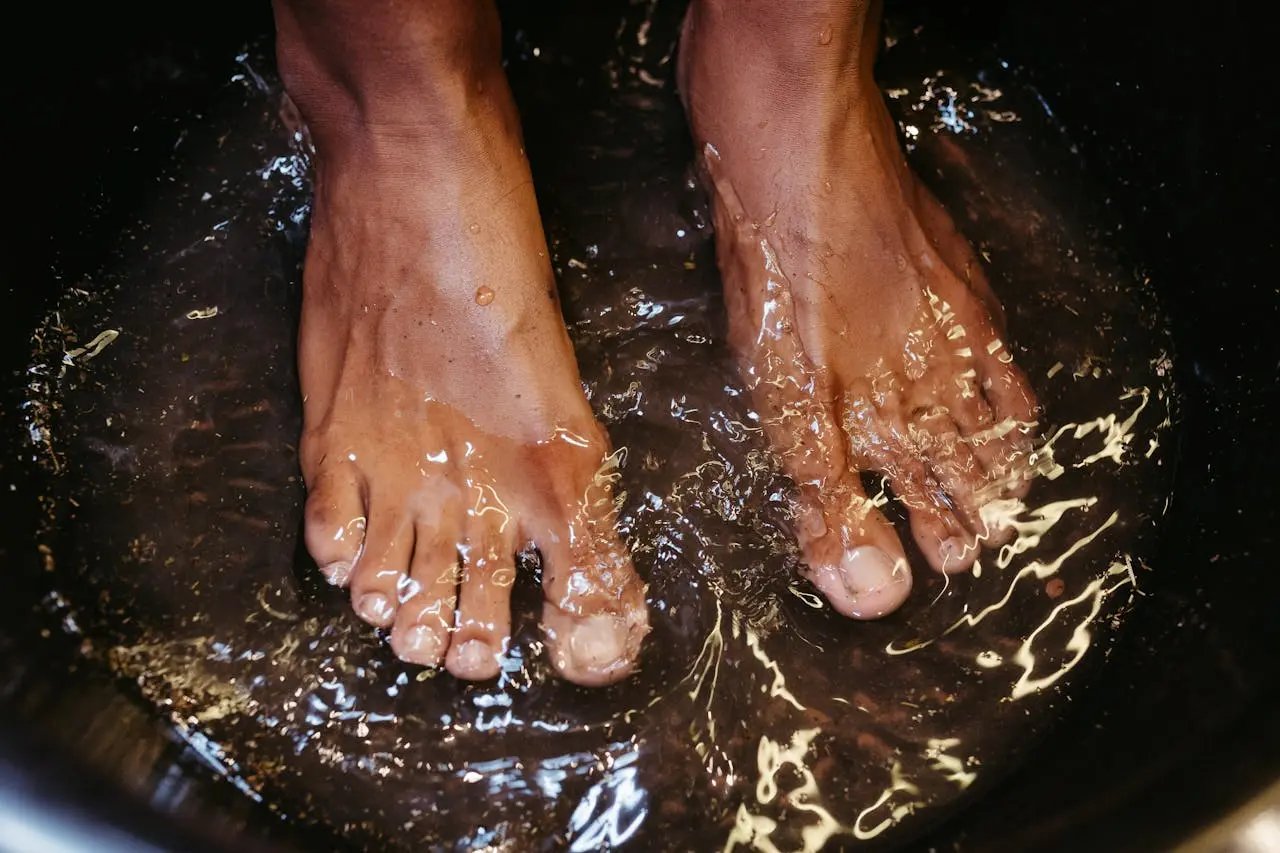
Apple cider vinegar soak is another home remedy that you might have found for nail fungus. Most sources recommended soaking your feet in a diluted body of apple cider vinegar (mix with water) for 10-20 min once a week. It works by destroying the fungus's cell structure, along with specific enzymes the fungus needs to survive. In a 2019 research paper, it was found that apple cider vinegar does have strong antibacterial characteristics at full strength concentrations. But when at 25% apple cider vinegar concentration, the antifungal activity for yeast was less susceptible. The study also highlighted that more research needs to be done to understand the pros and cons of using apple cider vinegar as a home remedy.
These DIY treatments suggested online are tempting. However, understanding the hit-and-miss nature of these solutions is crucial. Their efficacy remains unproven, and from our experience, a substantial number of individuals have reported little to no improvement despite trying these remedies. It's important to note that relying solely on home remedies without professional advice can often delay getting the right treatment and, in some cases, contribute to the infection spreading to multiple nails.
Professional podiatrist treatment
Fungal infections, known for their stubborn nature, pose a significant challenge to eliminate completely. Many home remedies often yield minimal improvements, allowing the infection to persist and escalate into more severe stages. Therefore, early intervention is crucial to manage these infections and prevent their further spread.
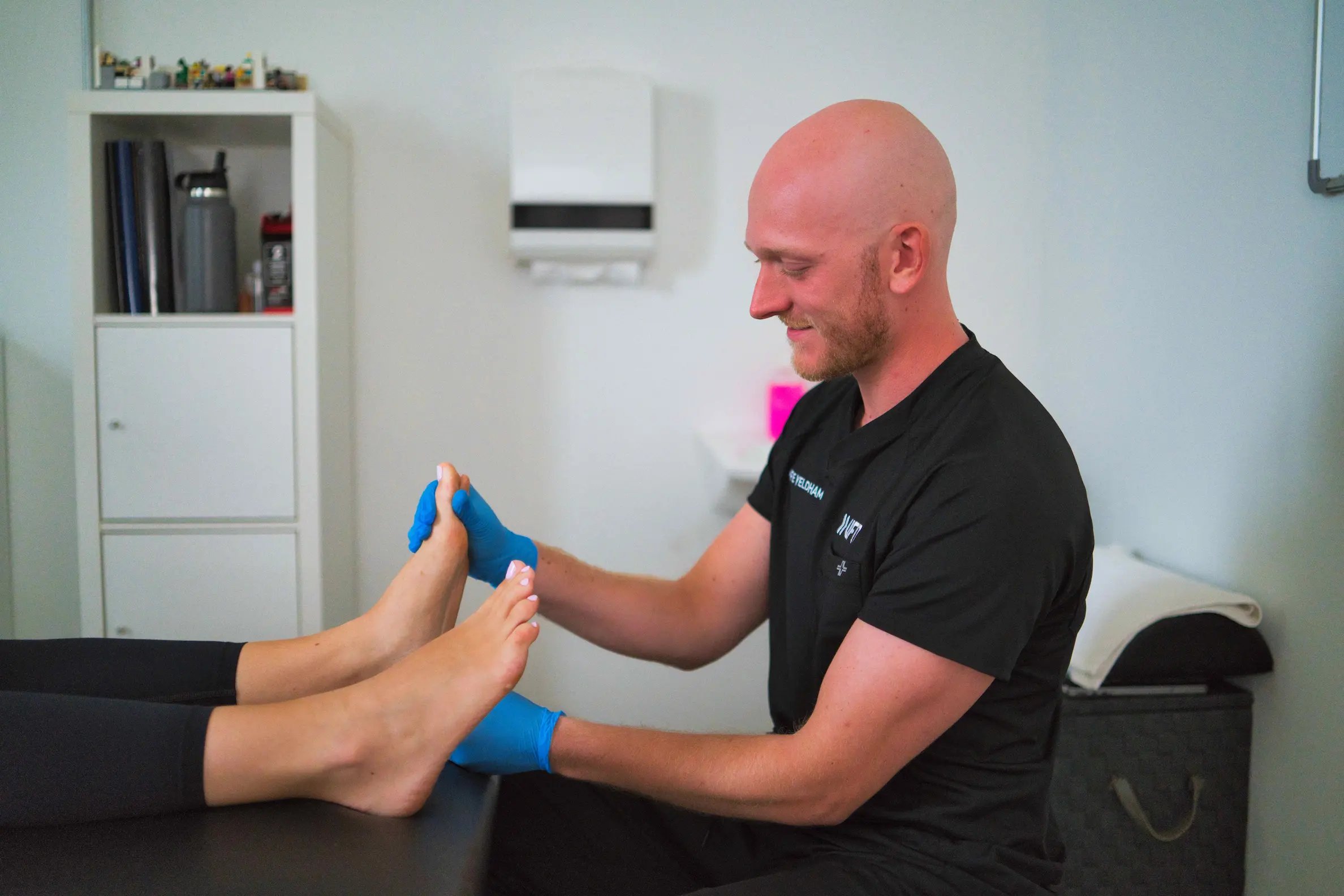
In Singapore, various podiatry treatment options for fungal nails are available, including:
Topical Antifungal Application:
Get a cream that you apply on your infected nail regularly. This is suitable for very mild cases or as a complementary therapy alongside other treatments.
PACT Therapy (Photodynamic Light Therapy):
This light therapy, often referred to as "laser" therapy, proves effective in treating mild-to-moderate cases. A PACT "lamp" will be directed to you infected nail for a couple of minutes.
Oral Antifungal Medications:
You'll get prescribed antifungal pills for you to consume orally for a period of time. This treatment option is reserved for severe and widespread cases.
Nail Avulsion and Debridement:
In severe cases, where the infection has progressed significantly, a more aggressive approach may be necessary. This involves the complete removal of the nail and clearance of the nailbed.
Each of these treatment options caters to different stages of fungal nail infections, offering a comprehensive range of solutions based on the severity and extent of the condition. Seeking professional advice allows for a tailored approach to effectively address the specific needs of each individual case.
Treatment Highlight: PACT Therapy
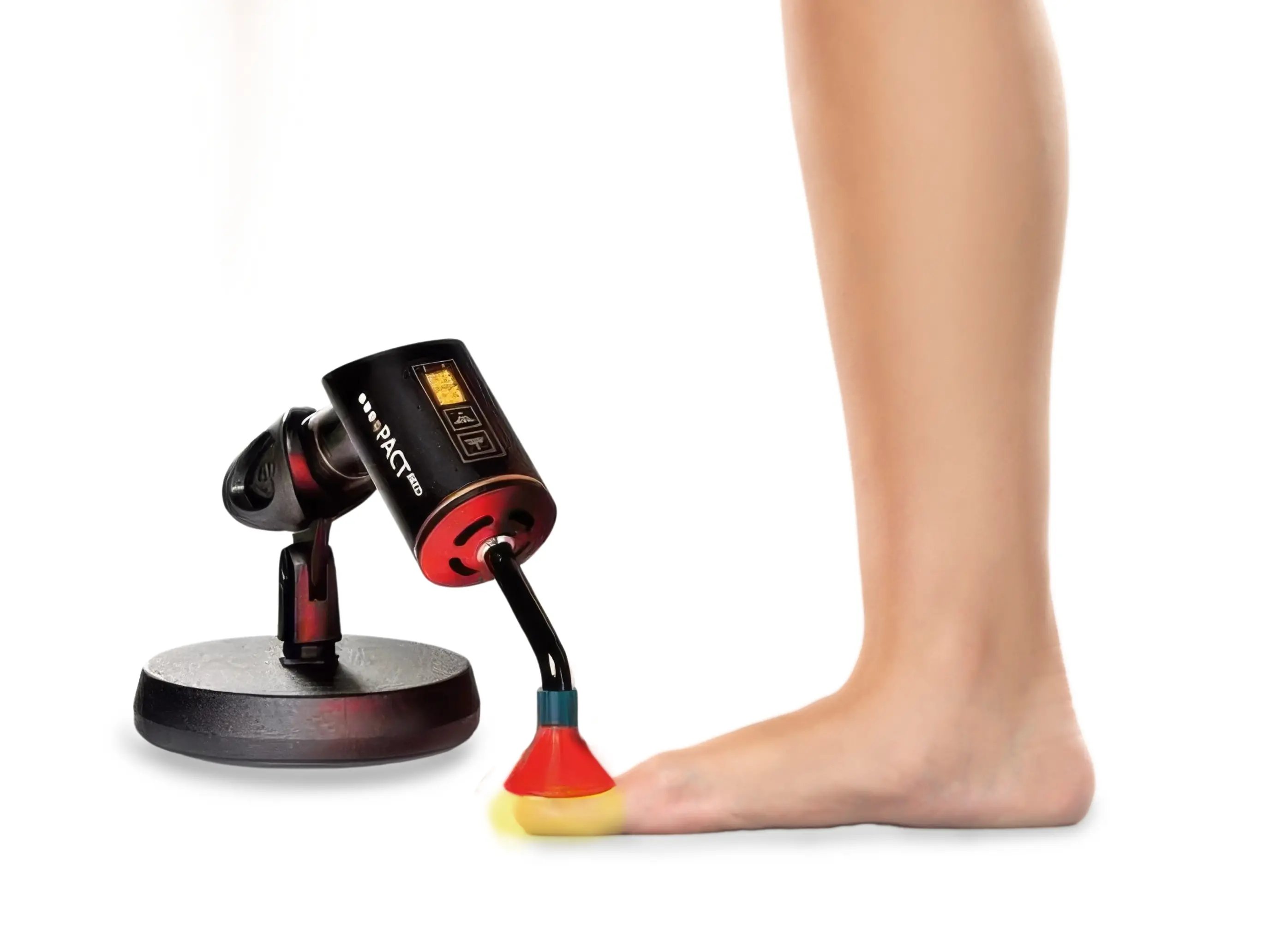
PACT® is a scientific abbreviation that stands for Photodynamic Antimicrobial Therapy. This innovative method effectively eliminates bacteria, viruses, and fungi from skin surfaces, toenails, and fingernails.
In the preparation phase, the assailants, or microorganisms, become sensitive to light. This sensitivity is achieved by staining the microorganisms with a harmless blue dye.
Once the microorganisms are sensitized, light is used as a therapeutic agent, functioning similarly to antibiotics or antimycotics. This targeted exposure to light allows for the effective elimination of the sensitized microorganisms, providing a precise and efficient treatment.
Nail Fungus Prevention Tips
Prevention is paramount in the pursuit of optimal foot health. Here are some ways you can prevent nail fungus.
- Wear flip flops when walking in gyms, locker rooms, spas, public showers and pools. Fungus thrives in these spaces.
- Throw away footwear you wore when you had nail fungus. If your footwear is new or expensive, disinfect them using a ultraviolet shoe sanitizer.
- Wear a clean pair of socks every day or when your socks get wet from sweat.
- Wear shoes that fit well (not tight); made of leather, canvas, or mesh.
- Alternate your shoes to give ample time for your shoes to dry.
- Keep your nails short.
- Sanitize your nail clippers and don't share them.
- Keep your feet clean and dry.
- Moisturise dry skin because fungi can enter through cracked skin.
The best form of prevention is to see a UFIT Podiatrist regularly, especially before undertaking any sports training or a ski or snowboard trip for example. This proactive step allows for personalized guidance and preventative measures tailored to your specific needs, reducing the risk of developing fungal infections in the first place.
Nail fungus is not an insurmountable challenge; with professional help and the array of advanced treatments available, from innovative PACT methods to addressing severe cases, achieving healthy, happy feet is within reach.
Connect with our experienced team at UFIT Podiatry Singapore, part of the UFIT Circle of Care.


.png?width=301&height=187&name=Website%20Navigation%20Images%20(3).png)

-1.jpg?width=1984&height=1196&name=UFIT%20Club%20Street%20Front%20(4)-1.jpg)





